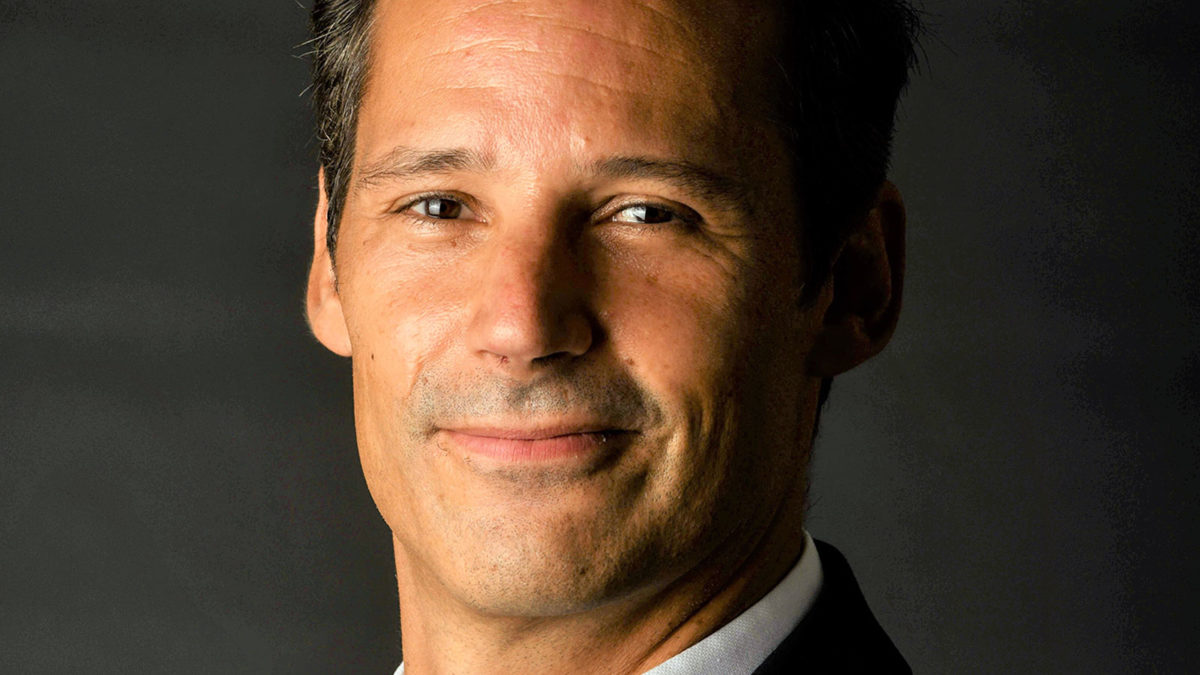Data dearth bites ESG investors
While ESG is on the radar of most Australian institutional investors, none of them believe it’s currently necessary to what they do. While that’s starting to change, a lack of hard data stands in the way.
Currently, none of the Australian institutional investors surveyed by BNP Paribas for its Global ESG Survey believe that ESG is necessary to what they do. While that perspective changes if you move two years out – when 18 per cent expect ESG to become central to their approach – the fragmented nature of ESG data means that there is still a lack of support from key leadership and questions about ESG’s ability to improve long-term performance.
“Data availability was the major point in (the 2019 survey), but it’s shifted to data consistency and data quality…. There’s many (ESG data providers) in the market today, so how do we integrate this into the organisation or into the investment process? That’s become a definite challenge for our participants,” said Nadim Jouhid, head of investment solutions at BNP Paribas Securities Services APAC.
Some 54 per cent of global respondents believe inconsistent ESG data across asset classes is one of the biggest barriers to ESG adoption, while 44 per cent are concerned about conflicting ESG ratings. While a significant chunk of institutional respondents conduct their own research rather than relying solely on third-party data, the majority of institutional investors are trying to solve the data problem by using and comparing multiple data sources; larger investors are more likely to use three or more third-party data providers for analysis of the ESG characteristics of investments.
“The amplified data challenge means creating additional complexity within your organisation and you’ll probably need to invest into new technology,” Jouhid said. “What we’ve asked our participants is where they orient those investments into technology, and integration and aggregation of different data sources in their organisation is a priority – even beyond the capability of doing internal reporting on it. Having multiple data sources is great, but it opens up a whole new can of worms where companies need to invest into a solution.”
In line with stronger research and data capabilities is stronger implementation of ESG considerations into portfolios. While negative screening and divestment has for years been the bread-and-butter approach of the ESG-focused investor, more of them are now focusing on ESG integration and thematic investing by allocating to assets related to outcomes like clean energy or sustainable agriculture.
“In a sign that approaches are maturing, our data shows that the industry is leaving negative screening behind as the foremost approach to ESG, with three-quarters of investors (75%) now employing ESG integration as their preferred approach,” the report says. “Put simply, instead of merely excluding companies and certain sector from their investment strategies, asset managers and owners are now including ESG factors in their analysis and decisions to better manage risk and improve returns.”











